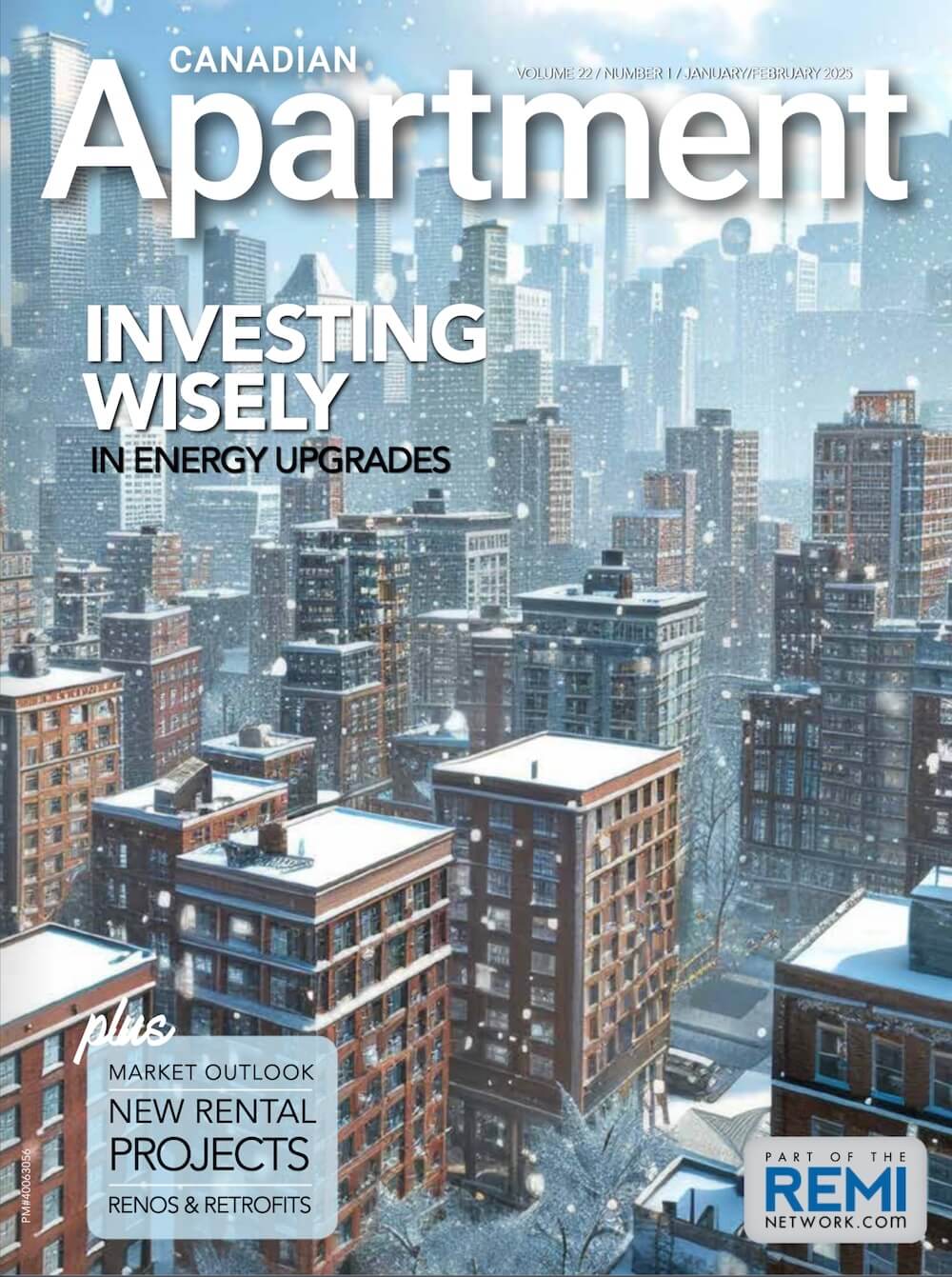The Urban Land Institute (ULI) released its annual Emerging Trends in Real Estate report highlighting what’s shaping the sector as we head into 2023. In its 44th edition, the report includes proprietary data and insights from more than 2,000 leading real estate experts, exploring shifts in the property sector since the pandemic, changing investor sentiment toward climate risks, the emergence of impact investing, and other current and pending issues within the United States and Canada.
Insights from the report reconfirm two bifurcated market trends: aspects of the real estate industry are “normalizing” and reverting to pre-covid patterns while others have permanently shifted to the “new normal” that was adopted during the pandemic.
“As we enter 2023, the pandemic-driven factors that upended the global economy for more than two years are starting to fade,” said Anita Kramer, senior vice president of ULI’s Center for Real Estate Economics and Capital Markets. “At the same time, structural changes like the widespread adoption of remote work will likely continue to inform investor behaviour. A series of long-term factors such as the rising cost of housing, increased climate risk, and declining socio-economic mobility, pose continued uncertainty for the private and public sectors alike. There are also opportunities – the increase in federal infrastructure spending provides the chance to create greener and more equitable communities that can adapt to these challenges.”
This year’s report also highlights the real estate industry’s move to look beyond cyclical headwinds and focus on a long-term approach to real estate assets. In an environment with rising interest rates, declining GDP, and minimized deal activity, the industry is opting to ride out the slump and position itself for sustained growth and strong returns.
“The past few years have been historic territory for the real estate industry, and the pandemic has permanently changed how and where we use different types of properties,” said Byron Carlock, US real estate leader for PwC. “There are several factors at play determining both the near and long-term future of the industry. Although real estate capital markets are constricting, they are still open for business, investors are still buying high-quality properties, lenders will continue to lend, and companies should move forward with cautious optimism through this current cycle and prepare to adapt to quick market changes. The industry should also work closely with stakeholders to help assess they are addressing demands and shifting sentiments while building trust.”
Additional key insights:
- Economic forecasts remain cautiously optimistic. Despite the first half of 2022 seeing negative economic growth, incomes continue to increase, and consumer spending—which now accounts for two-thirds of the economy—remains steady. Around half of the experts surveyed expressed a positive outlook as we head into the new year.
- Inflation remains a top concern, and it likely won’t abate soon. With the Federal Reserve raising interest rates, investors and developers are wary of the risk of future recession.
- Hybrid work is here to stay. Since last year, the average worker has only been working from the office three days a week—a trend that will continue to inform investor behaviour. However, a future recession has the potential to shift the dynamic.
- The housing affordability crisis is worsening. Rents are soaring even in more affordable metros. Without intervention from the government and private sector, socio-economic and racial housing gaps will widen even further.
- Investors are growing concerned about extreme weather. Climate risk will be a key factor when deciding where to invest in real estate across a wide swath of cities.
Read the full Emerging Trends in Real Estate 2023 on ULI’s Knowledge Finder platform.







